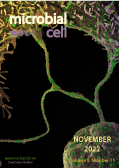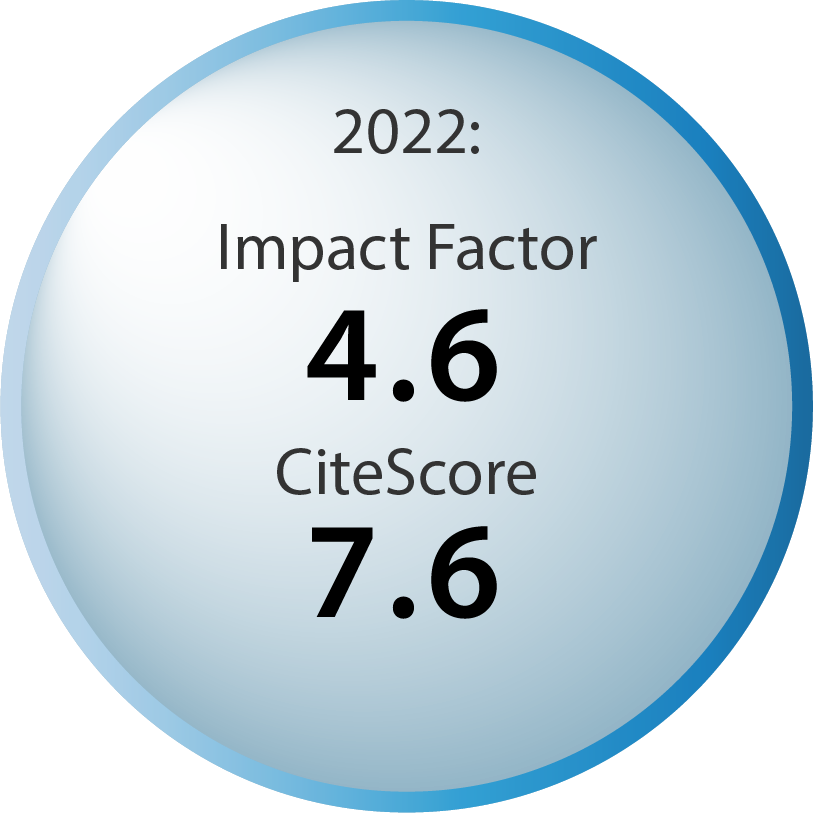Table of contents
Volume 9, Issue 11, pp. 174 - 189, November 2022
Cover: Colorized scanning electron micrograph of CCL-81 Cells infected with SARS-CoV-2 virus particles (green), isolated from a patient sample. The tentacle-like protrusions from the cells are filapodia, which extend from infected cells, attach to neighboring cells, and promote viral infection as a transport system for virus particles (image captured at the National Institute of Allergy and Infectious Diseases (NIAID) Integrated Research Facility in Fort Detrick, Maryland, USA; image modified by MIC). The cover is published under the Creative Commons Attribution (CC BY) license.
Enlarge issue cover
Multiple genome analysis of Candida glabrata clinical isolates renders new insights into genetic diversity and drug resistance determinants
Pedro Pais, Mónica Galocha, Azusa Takahashi-Nakaguchi, Hiroji Chibana and Miguel C. Teixeira
Research Articles |
page 174-189 | 10.15698/mic2022.11.786 | Full text | PDF |
Abstract
The emergence of drug resistance significantly hampers the treatment of human infections, including those caused by fungal pathogens such as Candida species. Candida glabrata ranks as the second most common cause of candidiasis worldwide, supported by rapid acquisition of resistance to azole and echinocandin antifungals frequently prompted by single nucleotide polymorphisms (SNPs) in resistance associated genes, such as PDR1 (azole resistance) or FKS1/2 (echinocandin resistance). To determine the frequency of polymorphisms and genome rearrangements as the possible genetic basis of C. glabrata drug resistance, we assessed genomic variation across 94 globally distributed isolates with distinct resistance phenotypes, whose sequence is deposited in GenBank. The genomes of three additional clinical isolates were sequenced, in this study, including two azole resistant strains that did not display Gain-Of-Function (GOF) mutations in the transcription factor encoding gene PDR1. Genomic variations in susceptible isolates were used to screen out variants arising from genome diversity and to identify variants exclusive to resistant isolates. More than half of the azole or echinocandin resistant isolates do not possess exclusive polymorphisms in PDR1 or FKS1/2, respectively, providing evidence of alternative genetic basis of antifungal resistance. We also identified copy number variations consistently affecting a subset of chromosomes. Overall, our analysis of the genomic and phenotypic variation across isolates allowed to pinpoint, in a genome-wide scale, genetic changes enriched specifically in antifungal resistant strains, which provides a first step to identify additional determinants of antifungal resistance. Specifically, regarding the newly sequenced strains, a set of mutations/genes are proposed to underlie the observed unconventional azole resistance phenotype.










